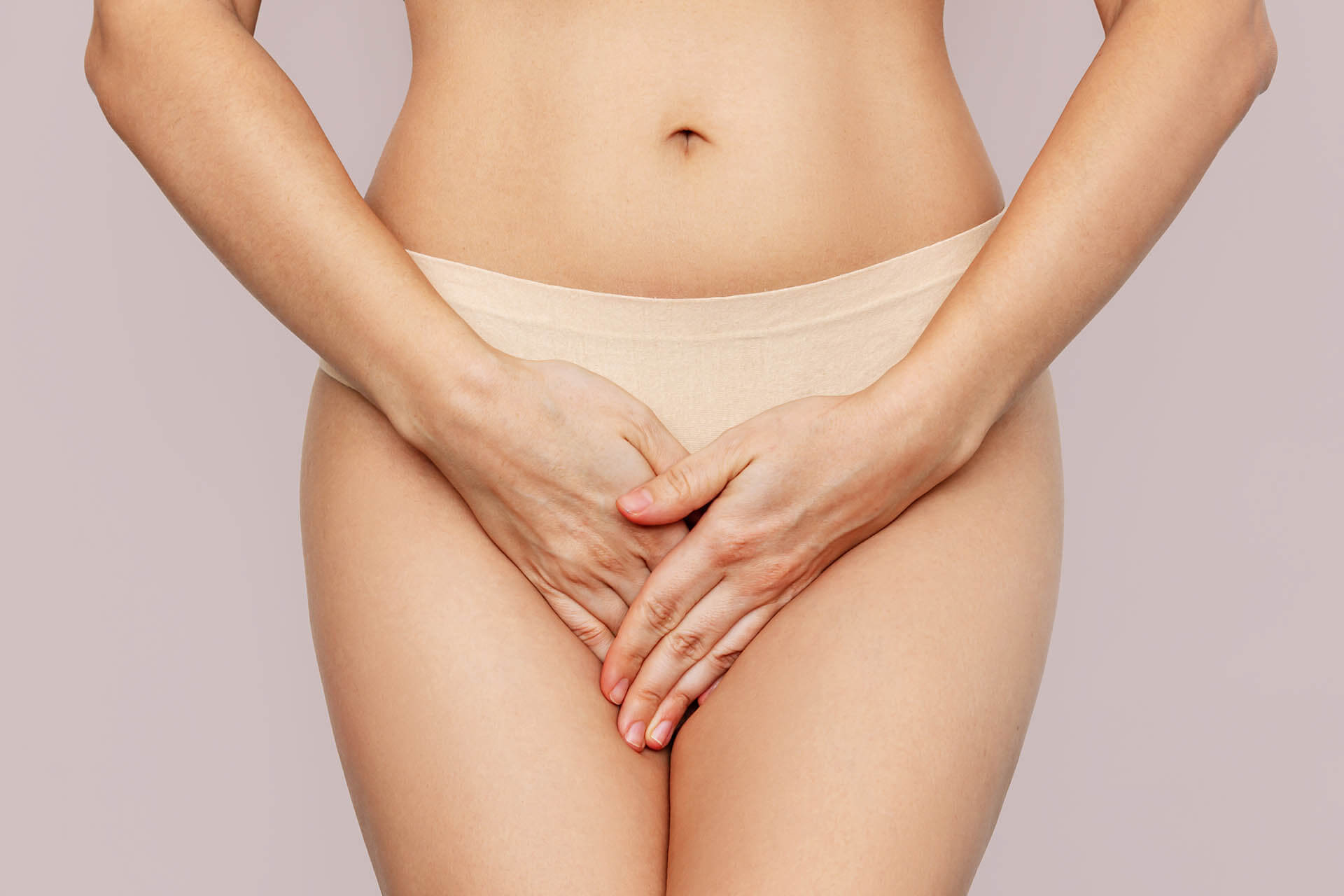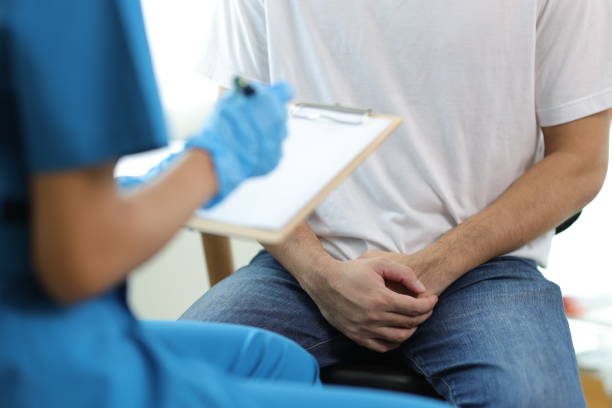Acne scars are a common concern for many individuals who have battled acne in their teenage years or adulthood. These scars can impact self-esteem and confidence, prompting many to seek effective solutions. If you’re exploring options for improving skin appearance, understanding the nuances of Acne Scar treatment in Abu Dhabi can help you make an informed decision. This guide covers essential aspects of acne scar treatments, their effectiveness, and what you can expect from the process.
Understanding Acne Scars
What Are Acne Scars?
Acne scars are the result of skin damage caused by inflamed acne lesions. When the skin heals from severe acne, it often forms fibrous tissues that leave permanent depressions or raised areas on the skin’s surface. These scars come in various types, including atrophic scars (depressed), hypertrophic scars (raised), and hyperpigmentation marks.
How Do Acne Scars Form?
The formation of scars depends on multiple factors like genetics, the severity of acne, and how the skin heals post-inflammation. When the skin’s natural healing process is disrupted, it can lead to the development of visible scars that persist long after acne has cleared.
Common Types of Acne Scars
- Ice Pick Scars: Narrow, deep scars resembling puncture wounds.
- Boxcar Scars: Broad, rectangular depressions with sharp edges.
- Rolling Scars: Wide, shallow scars that give the skin a wave-like appearance.
- Hypertrophic and Keloid Scars: Raised scars that form due to excess collagen.
The Role of Acne Scar Treatment in Skin Rejuvenation
Can Acne Scar Treatment Fade Red Marks?
Red marks, also known as post-inflammatory erythema, are temporary skin discolorations that often follow acne lesions. While traditional scar treatments primarily target depressed or raised scars, some specialized procedures can help diminish red marks as well.
Acne Scar Treatment can aid in reducing the appearance of these marks by promoting skin renewal and reducing inflammation. Techniques like laser therapy, chemical peels, and microneedling stimulate collagen production, which helps in fading redness and improving overall skin tone. However, the effectiveness varies depending on the type of marks and skin response.
Differentiating Between Red Marks and Scars
It’s important to recognize that red marks are generally temporary and tend to fade over time, whereas scars are permanent skin alterations. Proper treatment plans can address both concerns, but their approaches may differ.
Available Acne Scar Treatments
1. Laser Therapy
Laser treatments are among the most effective options for reducing various types of acne scars. They work by removing damaged skin layers and stimulating collagen synthesis, leading to smoother skin. Fractional laser resurfacing is particularly popular for its precision and minimal downtime.
2. Chemical Peels
Chemical peels involve applying a chemical solution to the skin to exfoliate damaged outer layers. This promotes new, healthy skin growth and can improve the texture and appearance of acne scars. Different strengths of peels are used based on scar severity.
3. Microneedling
Microneedling uses fine needles to create controlled micro-injuries in the skin, prompting the body’s natural healing response. It boosts collagen and elastin production, helping to reduce scar depth and improve skin texture.
4. Dermal Fillers
For certain types of scars, especially atrophic scars, dermal fillers can temporarily raise depressed areas, providing immediate aesthetic improvement. This treatment is often combined with other procedures for optimal results.
5. Subcision
Subcision is a minor surgical procedure that involves breaking fibrous bands beneath the scar tissue, allowing the skin to rise and become smoother. It’s effective for rolling scars and can be combined with other treatments.
Selecting the Right Treatment Approach
Personalized Treatment Plans
Every individual’s skin responds differently to various treatments. A comprehensive assessment by a qualified skincare specialist is essential to determine the most suitable approach. Factors considered include scar type, skin type, severity, and personal goals.
Combining Treatments for Better Results
Often, a combination of therapies yields the best outcome. For instance, laser therapy paired with microneedling can address multiple scar types simultaneously. Customized treatment plans ensure targeted and effective scar reduction.
Expected Outcomes and Skin Improvement
How Long Does It Take to See Results?
Results vary depending on the treatment type and individual response. Typically, visible improvements are noticeable after a few sessions, with full results appearing over several months. Patience and adherence to post-treatment care are vital for achieving optimal outcomes.
Maintaining Skin Health Post-Treatment
Post-treatment skincare routines, including sun protection, moisturization, and gentle cleansing, support healing and help maintain results. Regular follow-up appointments allow practitioners to monitor progress and make necessary adjustments.
Addressing Common Concerns About Acne Scar Treatment
Does Acne Scar Treatment Fade Red Marks?
While the primary goal of scar treatment is to improve the skin’s texture and reduce visible scars, some procedures can also help diminish post-inflammatory redness. Techniques like laser therapy and microneedling stimulate collagen production and enhance skin healing, which can lead to the fading of red marks over time.
Are Results Permanent?
Most treatments offer long-lasting improvements, but some may require maintenance sessions. Factors such as skin aging and lifestyle habits can influence the longevity of results.
Is the Procedure Painful?
Modern techniques utilize advanced technology to minimize discomfort. Many procedures involve minimal downtime and discomfort, with some patients experiencing only mild redness or swelling afterward.
How to Prepare for Acne Scar Treatment?
Preparation typically includes avoiding sun exposure, discontinuing certain skincare products, and following specific pre-treatment instructions provided by the skincare professional. Proper preparation enhances treatment efficacy and reduces risks.
Post-Treatment Care and Recovery
Immediate Aftercare
Post-treatment care involves gentle cleansing, moisturizing, and sun protection. Patients may experience temporary redness, swelling, or mild discomfort, which usually subsides quickly.
Long-Term Skin Maintenance
Consistent skincare routines, sun avoidance, and regular dermatologist visits help sustain results. Incorporating antioxidants and Vitamin C serums can support collagen production and skin healing.
Conclusion: Achieving Clearer Skin Through Effective Treatment
Addressing acne scars is a journey that requires patience and the right combination of treatments. Acne Scar Treatment Abu Dhabi offers advanced options tailored to individual needs, helping to restore skin confidence and achieve a smoother complexion. Consulting with a qualified skincare specialist ensures your personalized plan aligns with your goals, making the path to clearer skin more attainable.
Frequently Asked Questions (FAQs)
1. Can acne scar treatment completely eliminate scars?
While many treatments significantly improve the appearance of scars, complete removal depends on scar type, severity, and individual skin response. Multiple sessions and combined therapies often yield the best results.
2. How long do the effects of acne scar treatments last?
Results are generally long-lasting, especially with proper skincare and sun protection. Some treatments may require maintenance sessions to sustain improvements.
3. Are there any non-invasive options for mild scars?
Yes, procedures like microneedling and chemical peels are minimally invasive and suitable for mild scarring, providing noticeable improvements with little downtime.
4. Is it necessary to avoid sun exposure after treatment?
Absolutely. Sun exposure can hinder healing and cause pigmentation issues. Using broad-spectrum sunscreen and avoiding prolonged sun exposure post-treatment is highly recommended.




